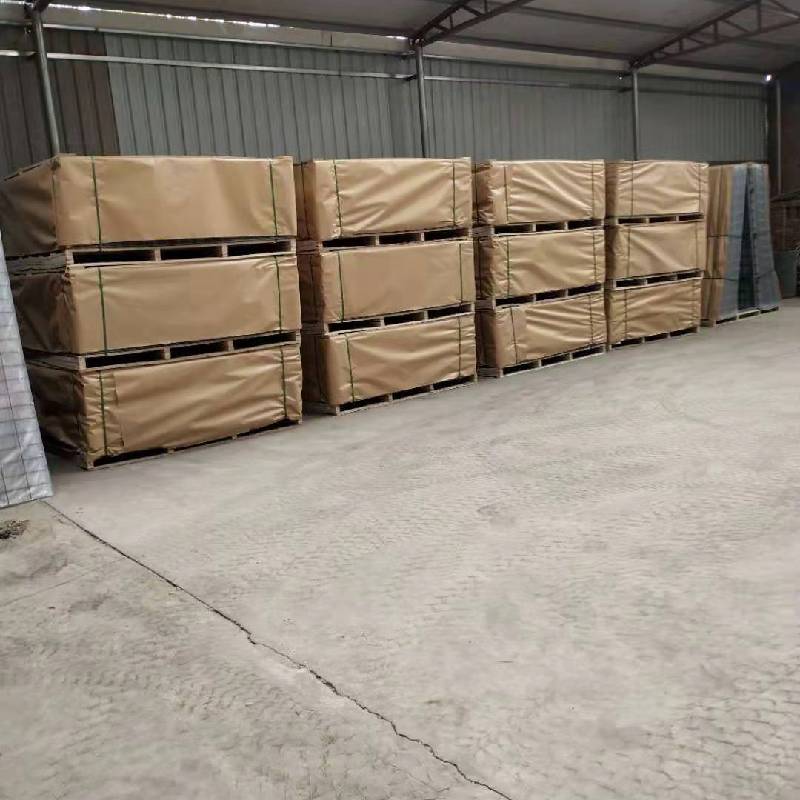
- Mobile Phone
- +8613931874955
- sales@cntcmetal.com
Welded Wire Fabric Cost Trends and Market Analysis for 2023
Understanding the Price Dynamics of Welded Wire Fabric
Welded wire fabric, often referred to as welded wire mesh, is a versatile construction material commonly used in various applications, including concrete reinforcement, fencing, and agricultural uses. The price of welded wire fabric can be influenced by a multitude of factors ranging from material costs to market demand and global economic conditions. In this article, we will explore the components that affect the pricing of welded wire fabric and provide insights into its market trends.
Factors Influencing Price
1. Raw Material Costs The primary constituent of welded wire fabric is steel, which typically accounts for a significant portion of the total cost. Fluctuations in the price of steel due to supply chain issues, production capacity, and global market trends invariably affect the price of welded wire fabric. For instance, when steel prices soar, manufacturers may need to pass these costs onto consumers, leading to a surge in welding wire fabric prices.
2. Manufacturing Process The production of welded wire fabric involves multiple steps, including wire drawing, welding, and sometimes galvanization or coating for added protection against corrosion. Each of these processes incurs varying costs related to labor, energy consumption, and machinery operation. Advanced manufacturing techniques that enhance the quality or durability of the final product may further drive up costs.
3. Demand and Supply Dynamics The construction industry is a significant consumer of welded wire fabric. Economic fluctuations that influence construction activities—such as housing projects, infrastructure development, and commercial construction—directly impact the demand for welded wire fabric. During periods of economic growth, the demand may outstrip supply, leading to higher prices. Conversely, during economic downturns, the oversupply can cause prices to decline.
4. Geographic Variability Prices can vary significantly based on geographical location. Local market conditions, availability of raw materials, transportation costs, and regional demand impact pricing. In areas with a high concentration of construction activities, you may see elevated prices due to increased demand, whereas in regions with lower activity, prices may be more competitive.
welded wire fabric price

5. Quality and Specifications The quality of welded wire fabric varies based on the type of wire used, the spacing of the welds, and whether it is coated or treated for specific conditions. Higher quality products are generally priced at a premium. Additionally, customized specifications to meet unique project requirements may also lead to varying price points.
Current Market Trends
As of now, the welded wire fabric market is navigating the challenges posed by the global economy, supply chain disruptions, and the aftermath of the COVID-19 pandemic. For instance, the demand for construction materials surged dramatically post-pandemic as economies reopened and governments initiated infrastructure projects to stimulate growth. This spike in demand has placed additional pressure on the already strained supply chains, resulting in increased prices for welded wire fabric.
Moreover, sustainability has become a focal point in many industries, including construction. There is a growing demand for recyclable and environmentally friendly materials, prompting some manufacturers to invest in innovative production techniques that utilize less energy and produce less waste. While such initiatives may initially lead to increased prices, they can also enhance product value and market appeal in the long run.
Conclusion
The pricing of welded wire fabric is a complex interplay of raw material costs, manufacturing processes, demand and supply dynamics, geographic variability, and product quality. Understanding these factors can help consumers make informed decisions when purchasing welded wire fabric for their projects.
As the construction industry continues to evolve and adapt to changes in economic conditions, sustainability practices, and technological advancements, it is crucial for stakeholders to stay abreast of market trends. By doing so, they can anticipate price fluctuations and better strategize their procurement processes. Consequently, while current market conditions have presented challenges, they also offer opportunities for innovation and growth in the welded wire fabric sector.
share:
-
Why Sacrificial Formwork Is Redefining Underground ConstructionNewsJun.06,2025
-
The Structural Dynamics of Modern Concrete: How Snake Spacers Revolutionize Flexible ReinforcementNewsJun.06,2025
-
Snake Spacers Smart-Lock Concrete Reinforcement with Surgical PrecisionNewsJun.06,2025
-
Snake Spacers: Reinforcement Precision for Modern Concrete ProjectsNewsJun.06,2025
-
Snake Spacers Powering Concrete's Structural DNANewsJun.06,2025
-
Slither into Success: Snake Spacers' Precision Bite for Unbreakable ReinforcementNewsJun.06,2025
-
Sacrificial Formwork: Building Stronger, Faster, and Safer StructuresNewsJun.06,2025



















